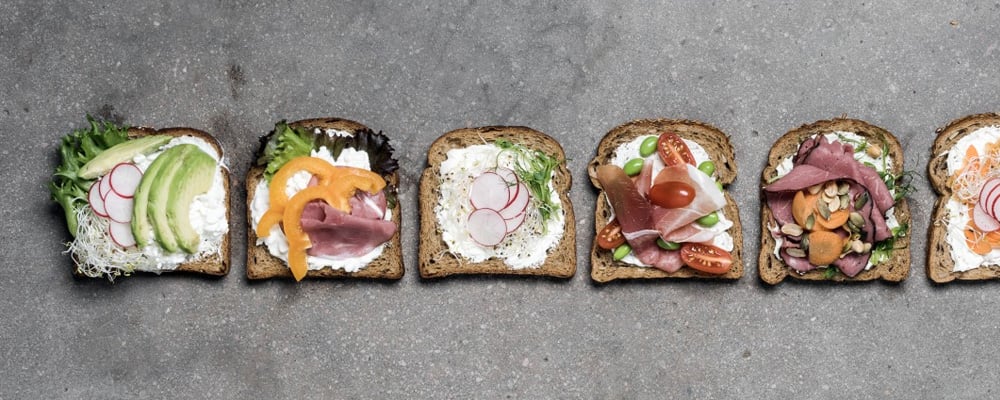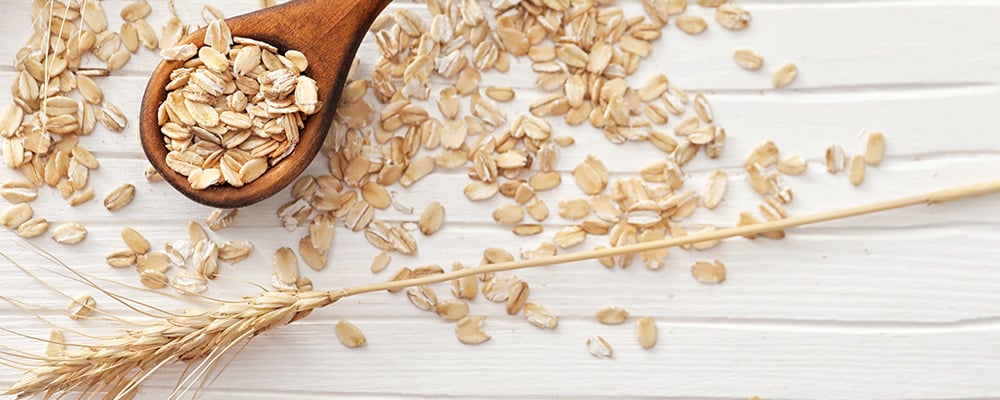
4 minute read
NutritionWhy rye is a cause for healthy celebration
By Marika Lyly, nutrition & research manager, Lantmännen Unibake International

4 minute read
NutritionBy Marika Lyly, nutrition & research manager, Lantmännen Unibake International
Finland is celebrating a centenary of independence in 2017. So what better occasion to ask the population to vote on the national food? For many of us who live in the country, it was no big surprise when rye bread emerged as winner. With the average Finn consuming two or three slices every day, rye bread plays an iconic role in the staple diet.
From a healthy eating perspective, it’s a great starting point – as, according to The National FINDIET Survey, rye bread delivers 35% of daily fibre consumption. That’s also a good reason to make sure rye bread and rye in general remain integral to the Finnish diet and to encourage consumers elsewhere to consider rye as a rich source of dietary fibre.
The development of innovative and appealing rye products is particularly important right now. New research from Sweden – another rye-eating country – suggests that the growing eating-out trend could compromise the importance of rye bread in the national diet. Young consumers, who typically prefer sweeter, milder-tasting rye bread than their parents and grandparents, are most likely to abandon rye bread for something else. A wealth of scientific studies have documented what they would miss out on if they did.
In early summer, specialists from business and academia gathered at the international Power of Rye congress in Finland to hear the latest research findings. The message from the event’s 32 presentations was clear: rye is an indisputably healthy grain that contributes to a healthy digestive system, satiety and weight management and blood sugar balance.
As new studies and analysis methods continue to investigate specific health benefits, it is now widely acknowledged that there is more to the nutritional content of rye than the fibre alone.
 Today one of the research challenges is to unravel the mystery behind the so-called Rye Factor X – the rye component or components responsible for rye’s unique effect on after-meal blood glucose and insulin balance.
Today one of the research challenges is to unravel the mystery behind the so-called Rye Factor X – the rye component or components responsible for rye’s unique effect on after-meal blood glucose and insulin balance.
This favourable effect was first observed in the 1990s at the University of Eastern Finland and has since been confirmed by other research groups, which have studied rye bread and rye porridge. In short, they found that the body needs less insulin for blood glucose regulation after a rye-containing meal – even though rye typically causes blood glucose to rise to a similar level as consumption of white wheat bread. As a result, blood sugar falls more slowly and stays stable for longer. This reduces the release of stress hormones and fatty acids into the blood stream, which is good for the body.
Interestingly, the same effect is not seen when rye bran is added to wheat bread. In other words, the elusive Rye Factor X exists in all part of the whole grain, including the endosperm – not in the fibre alone.
While scientists continue to reveal the health potential of rye, it’s already clear that there are many reasons why consumers in Finland and other rye-eating countries, primarily in Northern and Eastern Europe, should celebrate their rye bread tradition. And just as many reasons why the food industry should help them maintain it.

3 minute read

2 minute read

3 minute read
Tips & tricks for your specific industry and more